As an agent in Los Angeles’ high-end real estate market for nearly 10 years, I have experienced the cyclical and constantly-evolving luxury real estate market up close, and watched excitedly as real estate trends emerge and evolve before my eyes. A field once dominated by men, women now take the lead on both the broker and consumer side. On the broker side, women sell and manage the multifaceted process involved with closing a real estate transaction and as consumers, they flip, design and redesign homes, and lead the charge for owning a broad array of real estate in some of the hottest neighborhoods in town.
In the decade since I’ve been an agent, men have galvanized L.A.’s real estate market with pricey quintessential California moderns. You know the ones—the white modern boxes with walls of glass and views from Downtown L.A. to the ocean. Men are taking these sexy bachelor pads, many with home theaters, auto gallery-style garages and even nightclubs, to a whole new level while paying the price tag of ‘whatever it takes’ to achieve the ultimate dream, the girl, the lifestyle or fill the void that was missing in high school. Much like yachts and exotic cars, these are ‘trophy’ properties that assert a certain status amongst the people who build and buy them.
Continue reading

 Login
Login




















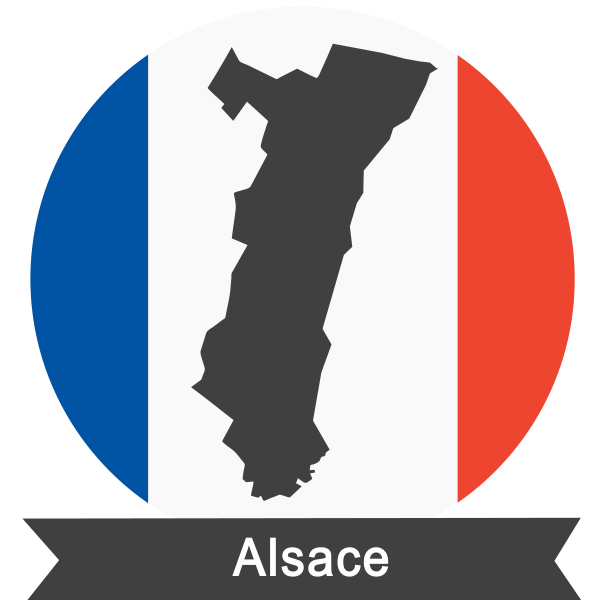
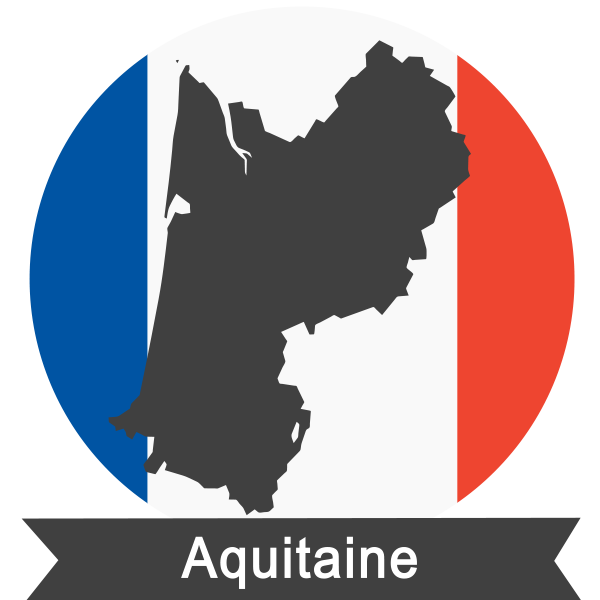
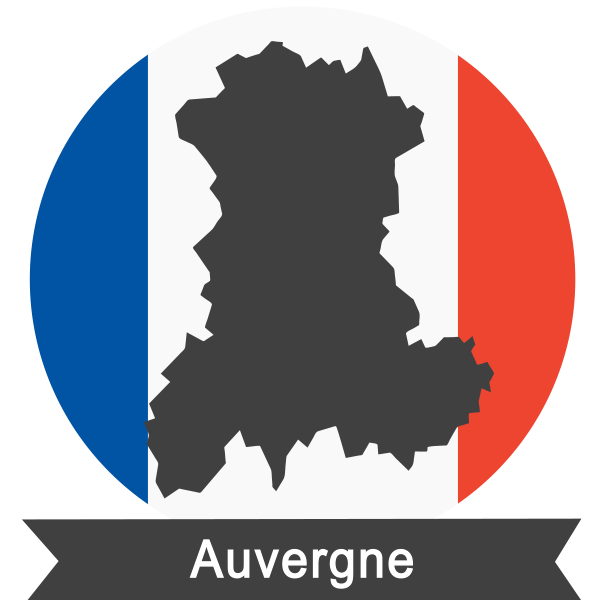
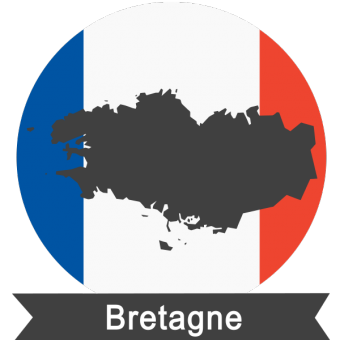 Bretagne
Bretagne Bourgogne
Bourgogne Centre-Val de Loire
Centre-Val de Loire Champagne-Ardenne
Champagne-Ardenne Franche-Comté
Franche-Comté Île-de-France
Île-de-France Languedoc-Roussillon
Languedoc-Roussillon Limousin
Limousin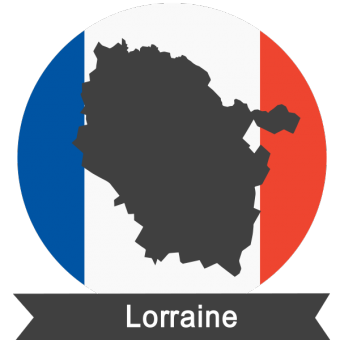 Lorraine
Lorraine Basse-Normandie
Basse-Normandie Midi-Pyrénées
Midi-Pyrénées Nord-Pas-de-Calais
Nord-Pas-de-Calais Pays de la Loire
Pays de la Loire Picardie
Picardie Poitou-Charentes
Poitou-Charentes Provence-Alpes-Côte d’Azur
Provence-Alpes-Côte d’Azur Rhône-Alpes
Rhône-Alpes Haute-Normandie
Haute-Normandie



 Ann Sullivan
Ann Sullivan 




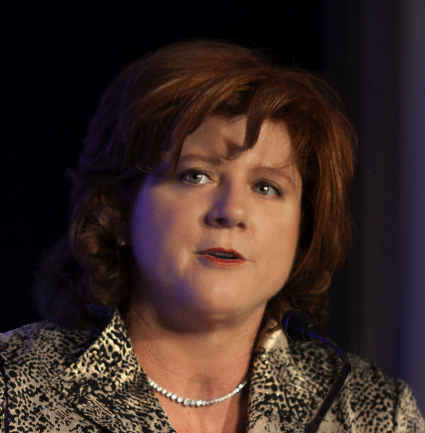



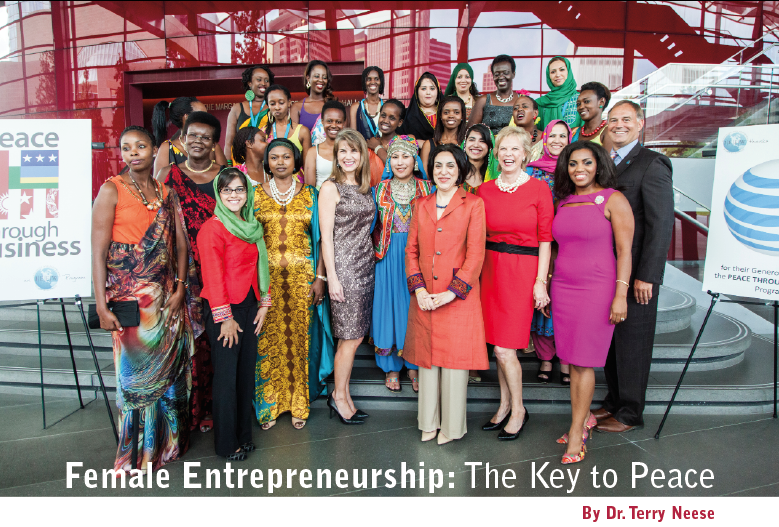



 Dr. Terry Neese has been a global leader for 40 years. She is a serial entrepreneur,
Dr. Terry Neese has been a global leader for 40 years. She is a serial entrepreneur, 


 Esther M. Franklin is the owner and founder of Tri-State Paralegal Service and Tri-State Land Consulting Group, both companies are real estate service
Esther M. Franklin is the owner and founder of Tri-State Paralegal Service and Tri-State Land Consulting Group, both companies are real estate service 
